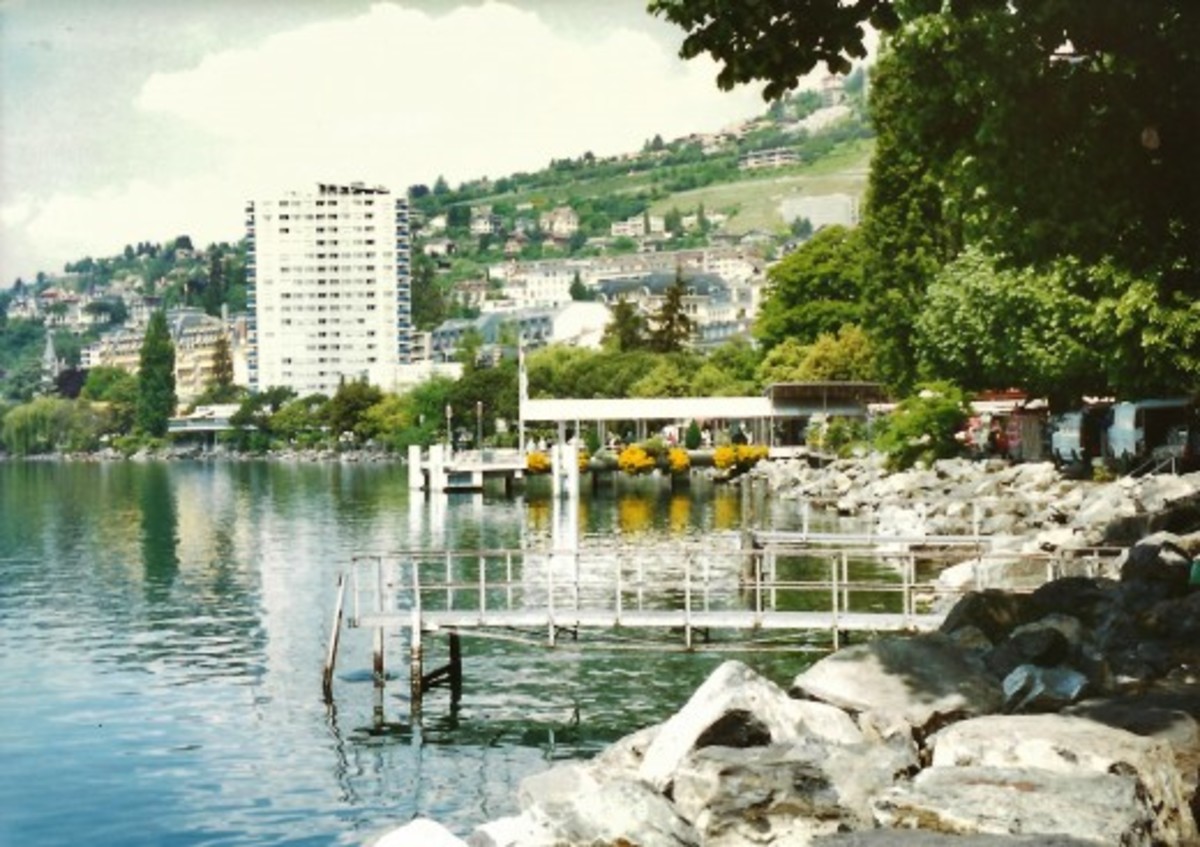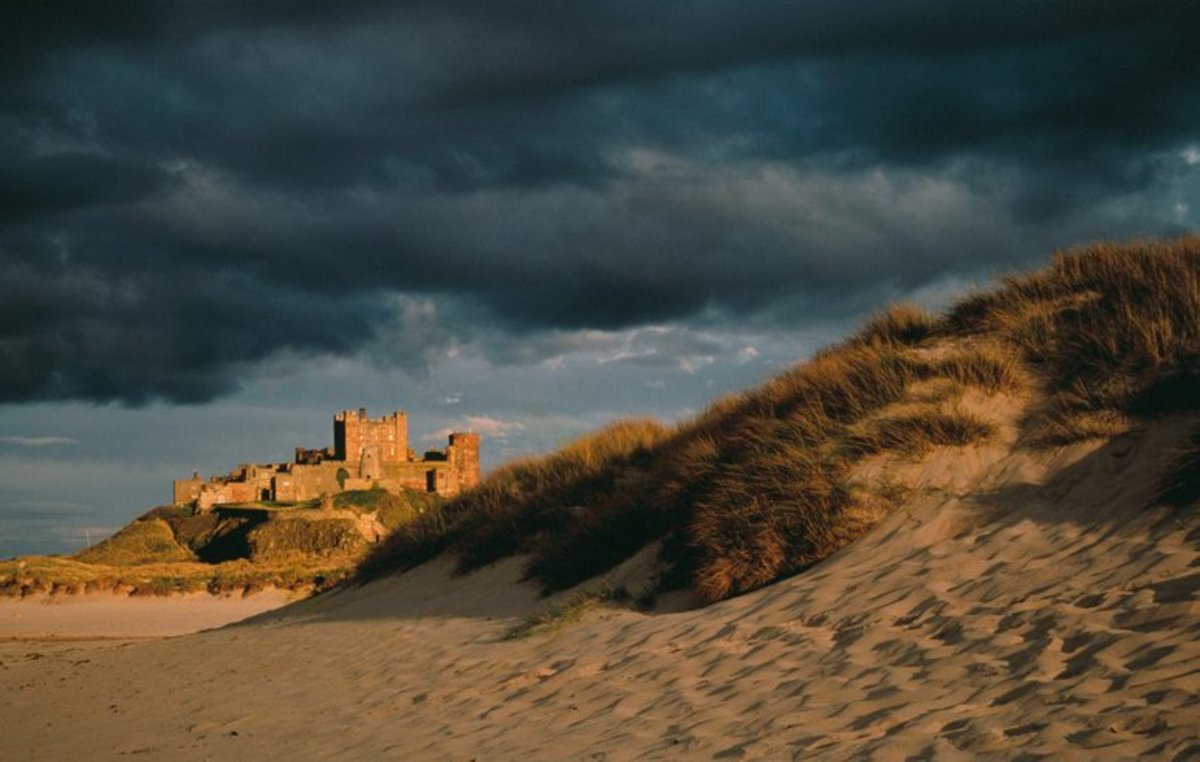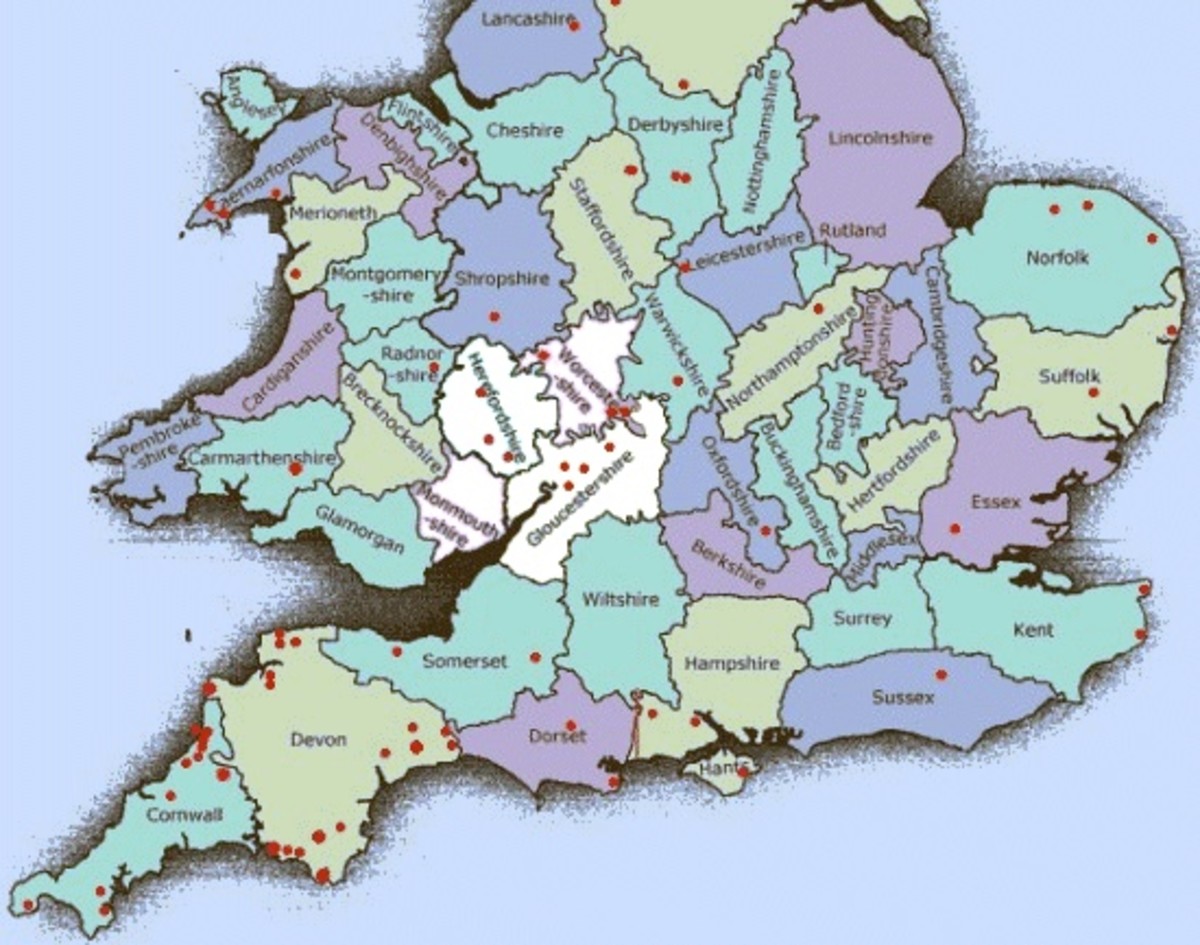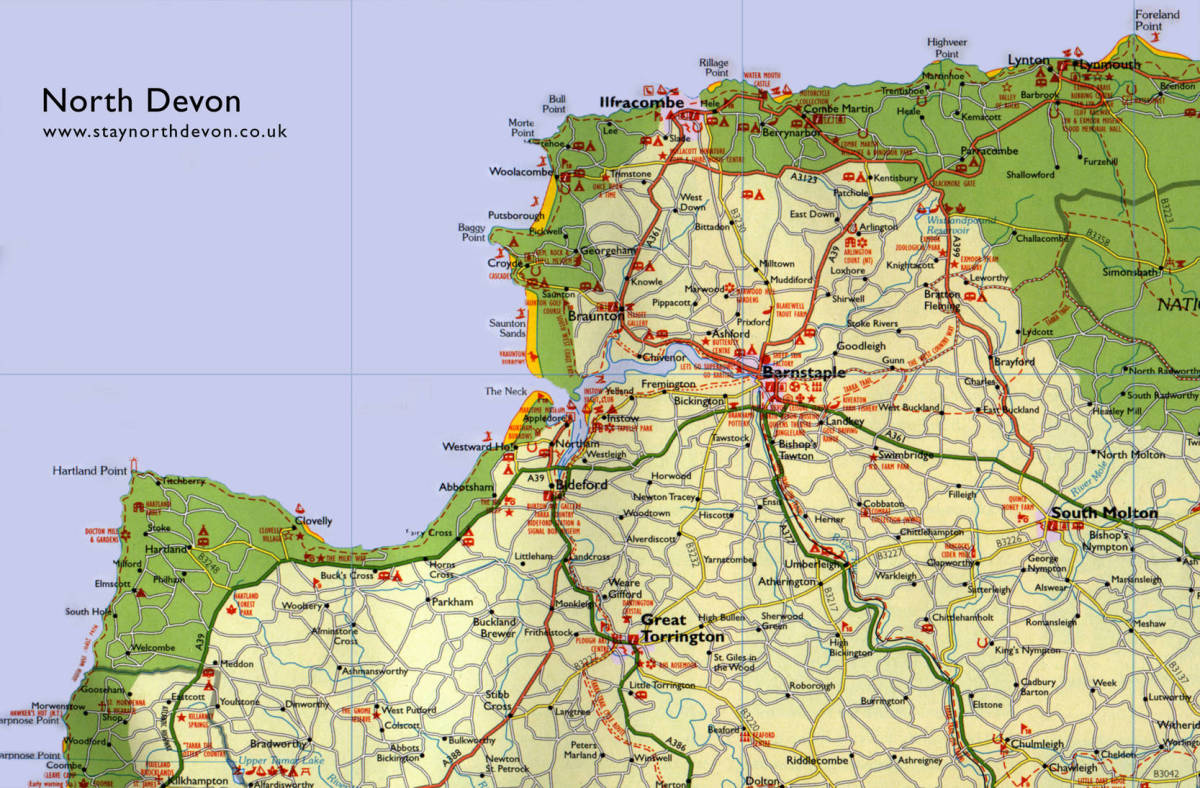- HubPages»
- Travel and Places»
- Visiting Europe»
- United Kingdom
Visiting Lewes, England, and its castle: centuries of history in stone


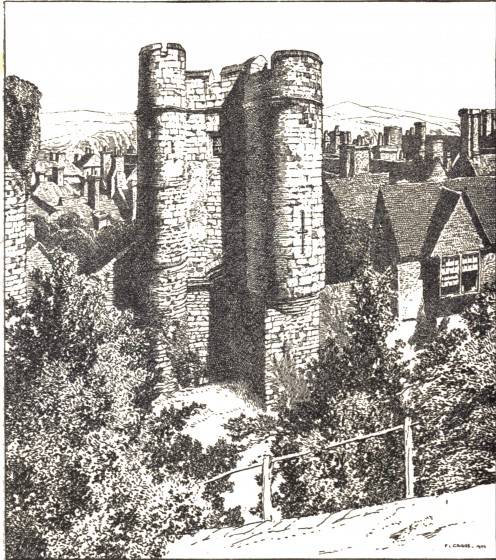
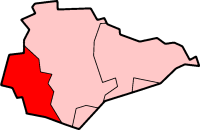
At the centre of events 1000 years ago
The imposing castle at Lewes, England, dominates the town, which is the administrative centre of the county of East Sussex.
Some history
A Saxon fortification existed in Lewes, prior to the Norman conquest. England's famous Battle of Hastings occurred in 1066, when Duke William of Normandy defeated King Harold . William's brother-in-law, William de Warenne , created Earl of Surrey, built the castle in 1069. The de Warennes went on to build various other castles in England also.
The castle has been owned by the Sussex Archeological Society for many years. With the de Warenne line having become extinct in the 14th century, the castle passed to the Earls of Arundel , who, however, did not live there. The castle thus fell into disrepair for many years.
The high point at Lewes on which the castle is situated, giving splendid views of the surrounding area, may appear to be a tribute to the ability of its Norman builders in choosing a prominent location. Well, there is some truth in this, but it is not exactly so. In fact, the large mound on which the castle structure is erected is artificial.
One is thus left to wonder at the amount of toil and excavation which must have been needed as Medieval diggers gave the site of the future castle its dominant vantage point.
Accessing the castle
Entrance to the castle is through the Barbican, which signifies a Medieval gatehouse. A Barbican House museum contains interesting archeological artifacts. A model of the town exists, and the curators have regularly shown a film about the history of Lewes.
There is a gift store, bookstore and a library also at the castle; in various other ways also, the castle continues to be the focal point of numerous local activities.
Also worth visiting
In Lewes itself, on November 5 every year, a large bonfire event is held at Lewes
as part of a tradition which has its origins in commemorating the burning of Protestants in the 16th century under the reign of Queen Mary I, and a plaque on the wall of the Town Hall in the High Street commemorates the original sanguinary event in the 16th century. An obelisk monument at nearby Cliffe Hill also commemorates the event. Anne of Cleves' House is also worth visiting, named for one of King Henry VIII 's six wives, which is now a museum; while it is doubtful that Anne ever visited the property, this 15th century structure, also operated by the Sussex Archeological Society, is known to have belonged to this sad character in English history who was technically queen from January 6 1540 until July 9 of the same year, but never crowned Queen Consort because the severe Henry VIII repudiated her, as well as other of his wives. The American Revolutionary Tom Paine (1737-1809) lived in Lewes and a commemorative plaque also exists at the White Hart Hotel, also in the High Street. North Americans of Irish extraction may recall that Ireland's veteran leader, Eamon de Valera , was once incarcerated at Lewes prison, still in use in the town. An 11th century priory at Southover, on the edge of Lewes, may also be visited.
The Royal Pavilion at Brighton (distance: 14 kilometres) has attracted many visitors for the best part of two centuries. Brighton's massive Grand Hotel is an historic property dating from 1864.
Eastbourne (distance: 27 kilometres), with its pier and its cliffs known as Beachy Head , is regarded as the main resort of the Sunshine Coast , because of its high average of sunny days. The Seven Sisters cliffs, which may be viewed for good effect from Birling Gap , are situated west of Beachy Head, and are also impressive.
Newhaven (distance: 12 kilometres) this port town has a poignant memorial remembering Canadian sacrifice during the Dieppe Raid of 1942; Fort Newhaven is of interest to military history buffs.
Pevensey (distance: 29 kilometres), with its ancient Roman and Norman castle, and quaint village with a former royal mint, was historically known as a Limb of Hastings , one of the Medieval Cinque Ports .
Calais , France (distance: 174 kilometres); this historic, northern French city, accessible by the Eurotunnel from Folkestone, Kent, has a striking Flemish belfry at its City Hall, and a Medieval tower, and a Perpendicular-style church.
...
How to get there: Continental Airlines flies to London Heathrow Airport, where car rental is available. (Distance from London Heathrow to Lewes: 111 kilometres.) For access by road, take M23/A23/A27. There are rail links to Lewes from London Victoria railroad station. Please check with the airline or your travel agent for up to date information.
MJFenn is an independent travel writer based in Ontario, Canada.
Other of my hubpages may also be of interest
- Visiting Newhaven, England: Poignant memories of Canadian sacrifice in WW2
- Visiting the former airport at England's Croydon: remembering aviation heritage
- Visiting the dizzying cliffs at Beachy Head, near Eastbourne, England; or: don't go too near the edg
- Visiting Canada House, London, England: splendid, Canadian hub on historic Trafalgar Square
- Visiting gardens of Calais, France: a Flemish Town Hall belfry, Rodin's 'The Burghers of Calais' and





